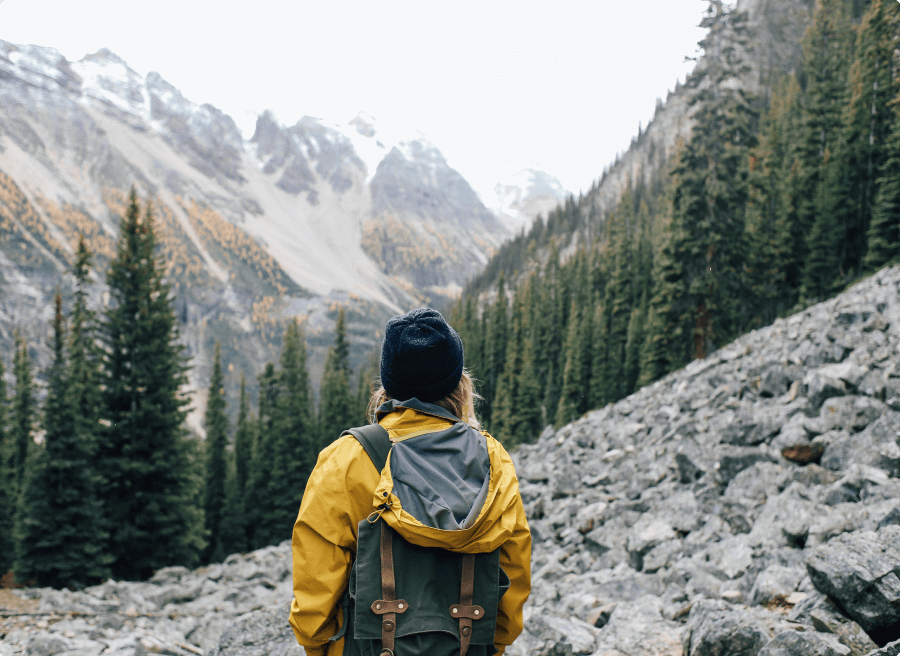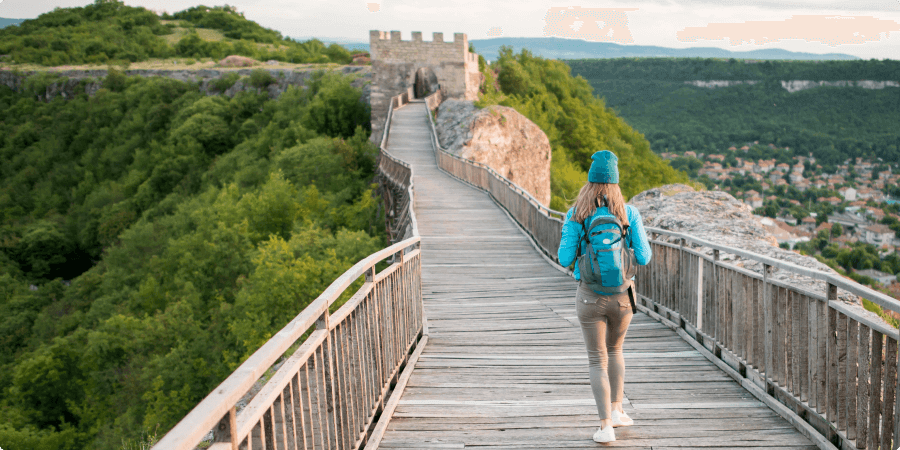How to Train for Kilimanjaro – 2025 Fitness & Endurance Plan : Climbing Mount Kilimanjaro is a challenging yet rewarding goal. Reaching the 5,895-meter summit of Africa’s tallest peak requires more than just willpower—you need to prepare physically and mentally. This guide explains how to train for Kilimanjaro in 2025, giving you a structured fitness plan to boost endurance, reduce altitude risks, and increase your chances of reaching the summit.
How to Train for Kilimanjaro – 2025 Fitness & Endurance Plan : Why You Need a Training Plan
Although Kilimanjaro doesn’t require technical climbing skills, it does demand:
-
Long days of trekking (5–8 hours daily)
-
Carrying daypacks with 5–7 kg
-
Hiking at high altitudes with lower oxygen levels
-
Mental and physical endurance
Training improves your cardiovascular health, strengthens your legs and core, and prepares your body to handle altitude stress.
How to Train for Kilimanjaro – 2025 Fitness & Endurance Plan : When to Start Training
Begin at least 8–12 weeks before your climb, though 4–6 months of preparation is ideal. The earlier you start, the better your body adapts to endurance and hiking patterns.
How to Train for Kilimanjaro – 2025 Fitness & Endurance Plan : Weekly Training Breakdown
Here’s a simple and progressive weekly guide:
1. Cardio (3–4 Days/Week)
Focus on exercises like:
-
Running
-
Brisk walking
-
Cycling
-
Stair climbing
Each session should last 30–60 minutes. Increase intensity gradually.
2. Hiking Practice (1–2 Days/Week)
Simulate real conditions:
-
Wear your daypack with water, snacks, and layers
-
Train on hilly terrain or use staircases
-
Practice using trekking poles
3. Strength Training (2 Days/Week)
Target legs, glutes, core, and back:
-
Squats, lunges, step-ups
-
Planks, deadlifts, and seated rows
-
Resistance bands or weights optional
4. Flexibility & Recovery (1–2 Days/Week)
Include yoga or light stretching to prevent injury and improve mobility.
How to Train for Kilimanjaro – 2025 Fitness & Endurance Plan :Weekend Hikes
Plan longer hikes every 2–3 weeks:
-
Start with 3–4 hours and gradually reach 6–8 hours
-
Wear your boots and backpack
-
Try consecutive-day hikes (Saturday + Sunday) to mimic mountain fatigue
Acclimatization Strategy
While training can’t fully prepare your body for high altitude, it can help improve oxygen efficiency. Also:
-
Choose a longer route like Lemosho or Machame for better acclimatization
-
Climb slowly, stay hydrated, and listen to your guide
Mental Preparation
Success on Kilimanjaro is also mental. Training builds confidence, but:
-
Practice staying positive on long treks
-
Train in all weather conditions
-
Meditate or use breathing techniques to stay calm during tough moments
Final Thoughts
Training for Kilimanjaro is not about extreme fitness. It’s about steady, consistent effort that builds endurance, strength, and confidence. Follow this fitness and endurance plan and you’ll be in top form to reach Uhuru Peak in 2025.








